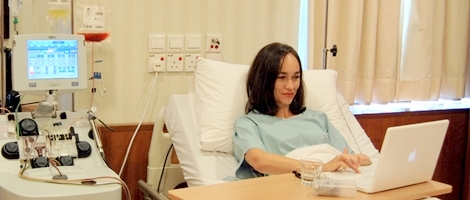
Stem cells can be viewed as master cells that can give rise to all types of cells in the body. Generally, stem cells are classified as unipotent, multipotent or pluripotent according to their potential to differentiate. Stem cells can also be classified based on their source, for example, embryonic stem cells, foetal stem cells and adult stem cells.



